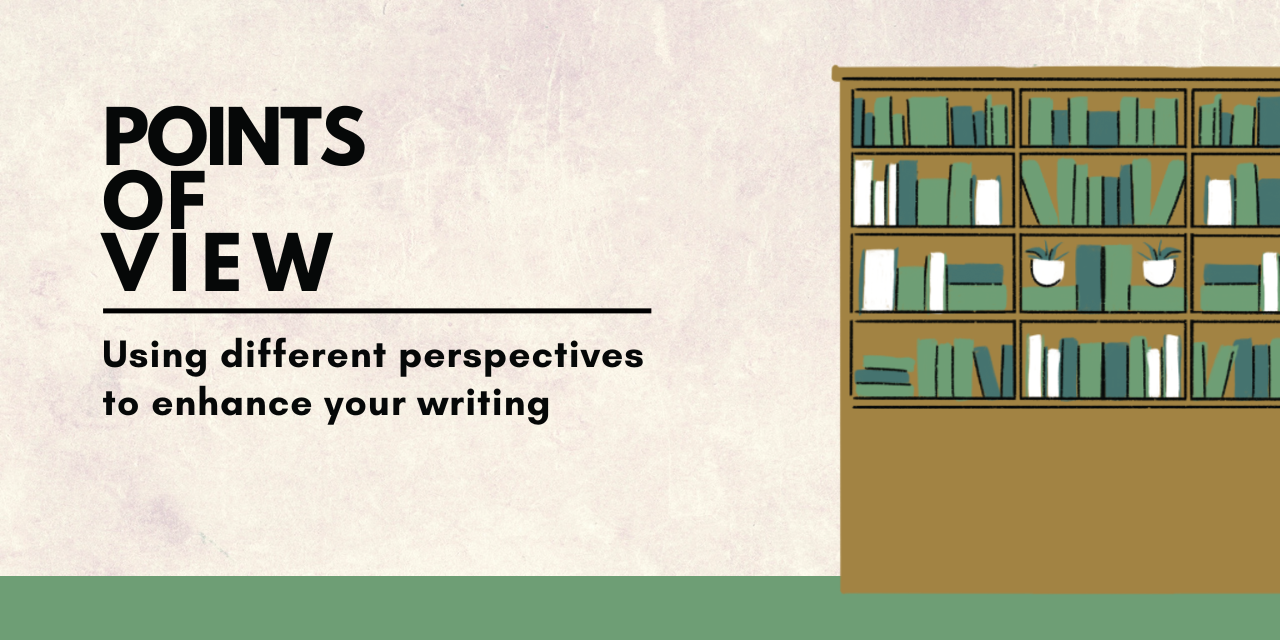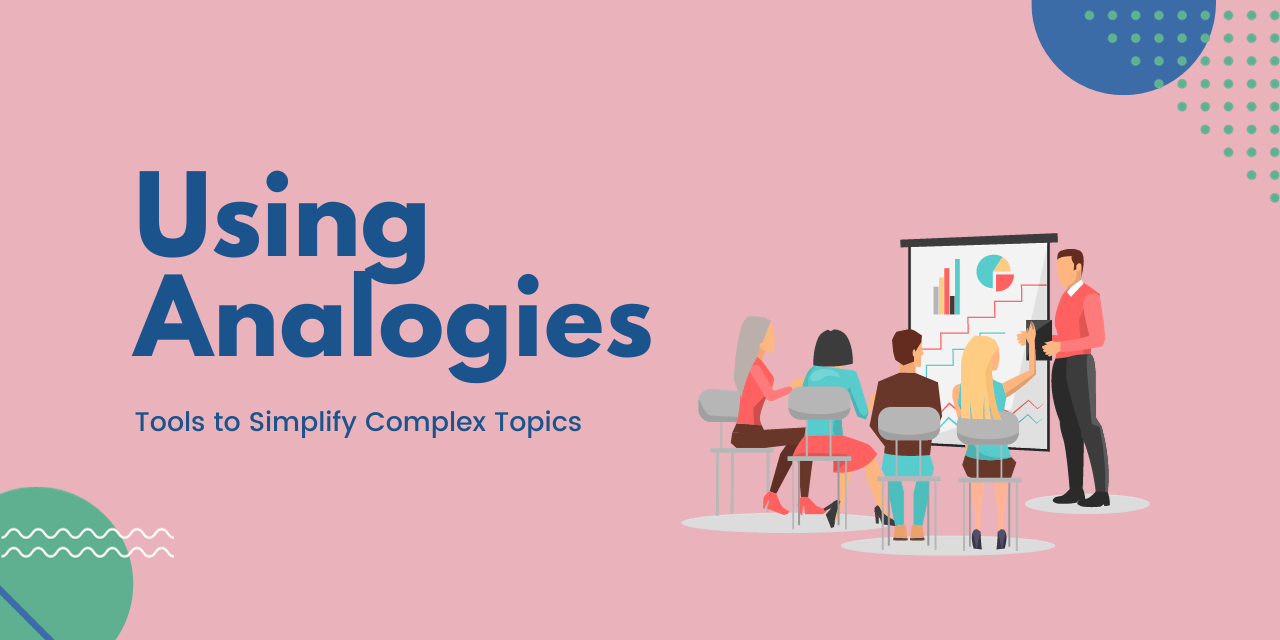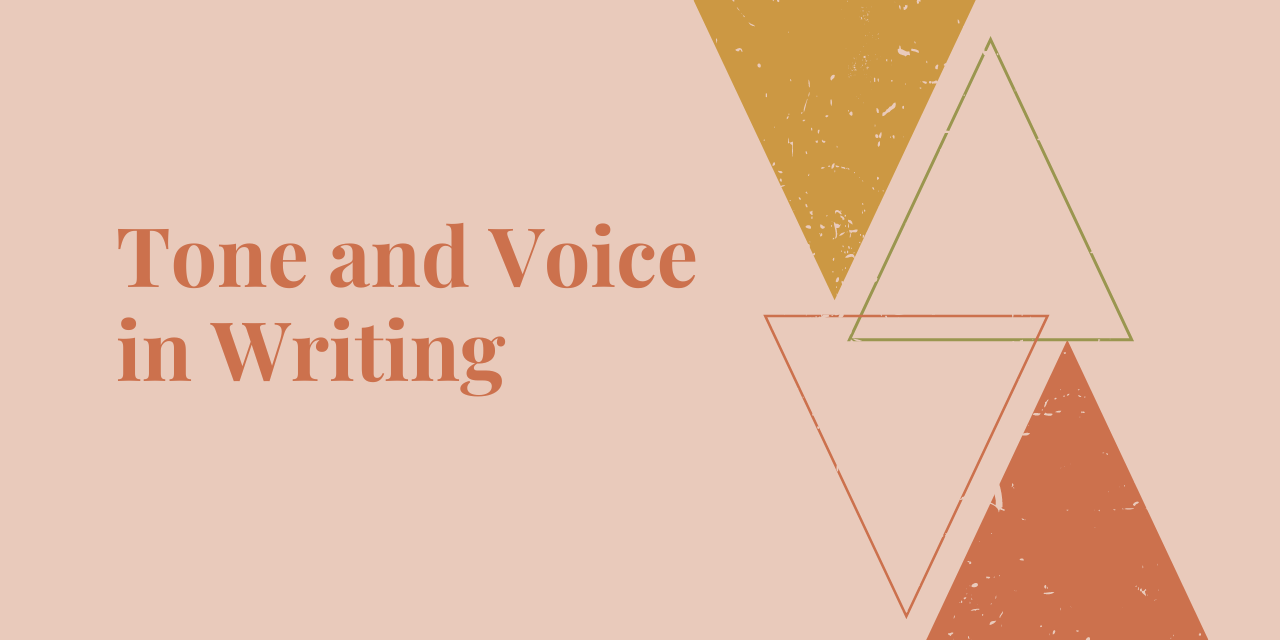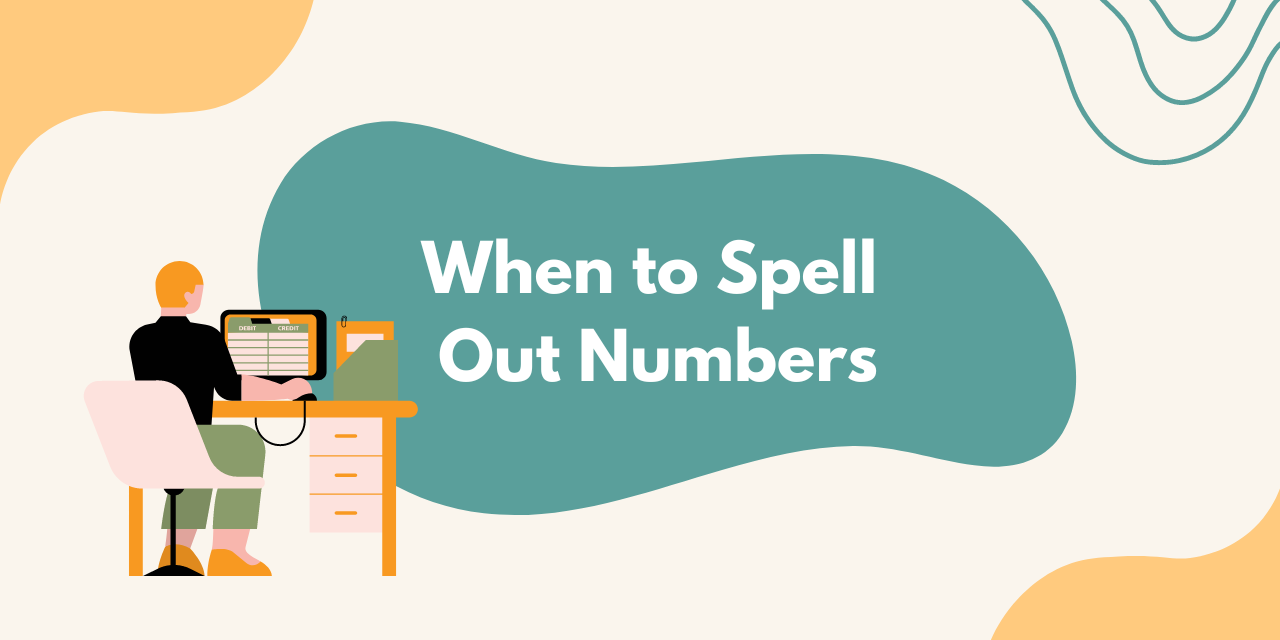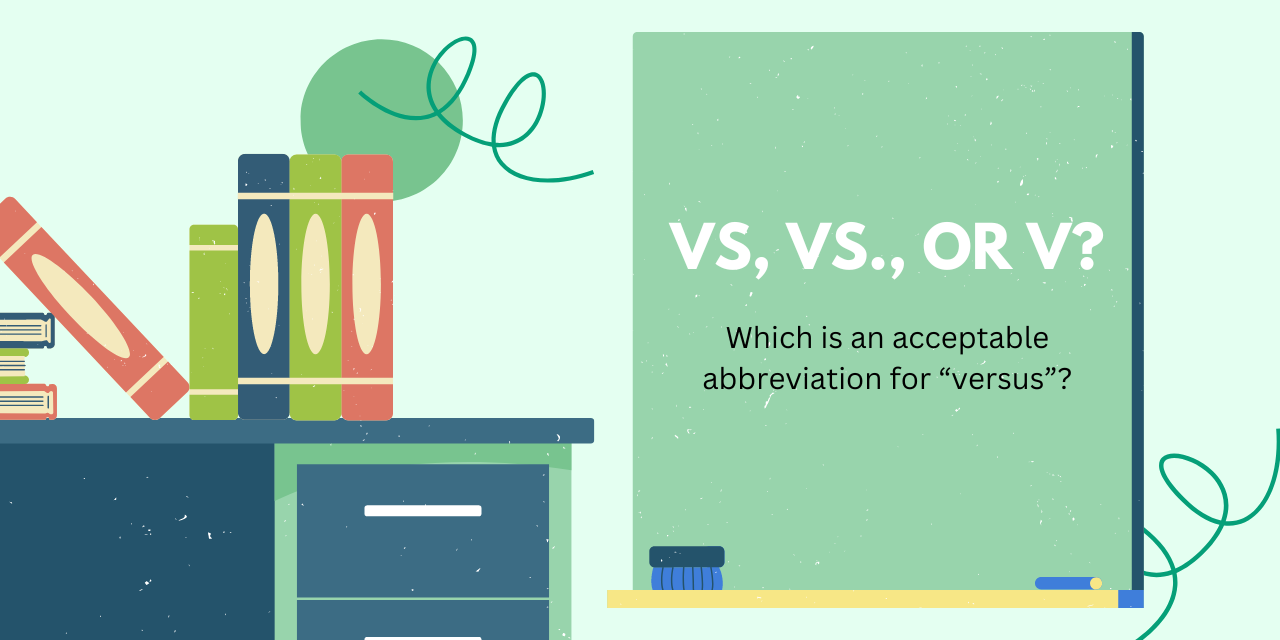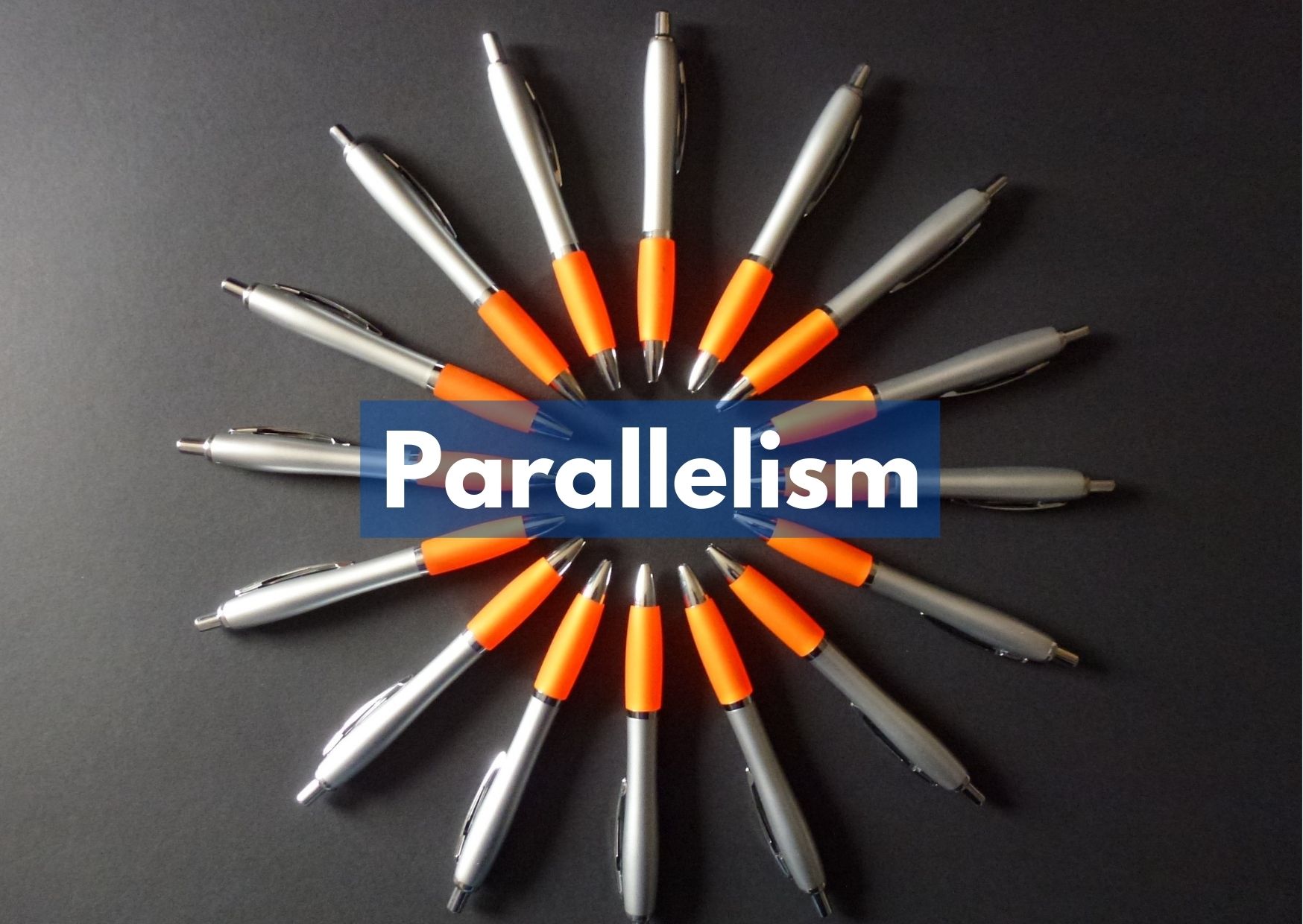Whether you’re crafting a story, a research paper, or a business report, the flow of your writing can make or break your reader’s engagement. An effective tool to ensure a seamless flow of ideas and maintain your reader’s attention is the use of transitional phrases.
What Are Transitional Phrases?
Transitional phrases are words that serve to connect ideas, sentences, and paragraphs. They act as bridges, guiding readers from one idea to the next.
At their core, transitional phrases serve as the glue that binds the narrative or argument. They can indicate order (first, second, third), contrast (however, on the contrary), addition (furthermore, in addition), or a conclusion (thus, therefore). By signaling how ideas relate to one another, these phrases ensure that writing maintains logical flow and coherence.
The Role of Transitional Phrases
Before we get into specific transitional words and phrases, it’s important to recognize their purpose in our writing:
- Coherence: They link sentences and paragraphs, ensuring a smooth progression of ideas.
- Direction: They provide signposts, hinting at what’s coming next.
- Emphasis: They underscore importance, ensuring key points are highlighted.
- Clarity: They help clarify relationships between ideas, ensuring the reader doesn’t get lost.
Different Types of Transitions
While the utility of transitions is universal, their application differs based on the context. Here’s how to use them effectively in various scenarios:
Narrative Writing
For storytelling, transitions can help move the plot forward, flash back to a past event, or foreshadow future events.
- Temporal Transitions: Phrases like “later that day,” “the following week,” or “as years passed” give readers a sense of time progression.
- Flashbacks and Foreshadowing: Use phrases such as “looking back,” “in retrospect,” “long before,” or “in the days to come.”
Academic Writing
In research papers, essays, and reports, transitions help structure arguments, compare and contrast ideas, or indicate cause and effect.
- Additive Transitions: To add a point, use “furthermore,” “moreover,” or “in addition.”
- Contrast Transitions: When presenting contrasting ideas, use “on the other hand,” “however,” “in contrast,” or “yet.”
- Cause and Effect: To indicate causality, lean on “because of,” “therefore,” “as a result,” or “thus.”
Business Writing
For proposals, emails, and reports, transitions ensure clarity, emphasize key points, and guide the reader toward a conclusion or call to action.
- Emphasis: To stress a point, use “most importantly” or “above all,”
- Clarification: For clarification, lean on “in other words,” “to put it simply,” or “as an illustration”
- Conclusion or Recommendation: Drive your point home with “in conclusion,” “to summarize,” or “in recommendation”
Best Practices for Using Transitional Phrases
Some things to keep in mind when using transitional phrases:
- Don’t Overdo It: Overuse can make your writing feel forced or redundant.
- Variety is Key: Relying on the same transition repeatedly can be monotonous. Mix them up to keep your writing fresh.
- Ensure Relevance: A transition should be relevant to the context. For instance, a temporal transition wouldn’t be appropriate in a piece that’s not discussing time.
Examples of Common Transitional Phrases
To further illustrate the point, here are examples in grouped categories:
- Addition: Additionally, Furthermore, Also, Moreover
- Contrast: However, On the other hand, Nevertheless, Conversely
- Cause & Effect: Therefore, Consequently, As a result, Thus
- Example: For instance, Specifically, As an illustration, Namely
- Emphasis: Indeed, Most importantly, In fact, Undoubtedly
- Conclusion: In summary, In conclusion, To summarize, Ultimately
You can check out more examples here!
Conclusion
Transitional words and phrases are important tools in crafting coherent and professional writing. They serve to connect and clarify ideas, ensuring that the narrative or argument progresses logically. Whether you’re telling a story, writing a research paper, or drafting a business email, they show when we’re adding points, contrasting ideas, or explaining reasons.
Quiz: Choose the Best Transitional Phrase
For each of the sentences below, select the most appropriate transitional phrase from the options given.
1. She loves chocolate; _____, she doesn’t like white chocolate.
a) Moreover
b) However
c) For instance
2. It started raining heavily in the afternoon; _____, they had to cancel the outdoor event.
a) Therefore
b) Moreover
c) In addition
3. We had a thorough plan; _____, things didn’t go as expected.
a) On the other hand
b) Additionally
c) Nonetheless
4. _____ studying hard, he also took extra classes to ensure he understood the material.
a) In addition to
b) Despite
c) Before
5. The sunset was breathtaking. _____, the hues of pink and orange merged beautifully with the horizon.
a) Furthermore
b) Conversely
c) First
6. I’m not a fan of cold weather; _____, I’m considering a holiday in the Alps.
a) However
b) Moreover
c) For instance
7. The book was long _____ worth every minute spent reading it.
a) However
b) Moreover
c) But
8. She can play the guitar; _____, she is an excellent singer.
a) On the contrary
b) Furthermore
c) Despite
9. _____ the bad reviews, the movie was a box office hit.
a) In conclusion
b) Despite
c) Furthermore
10. The team worked hard on the project. _____, their efforts were recognized during the company meeting.
a) Finally
b) However
c) Conversely
Answers: 1-b, 2-a, 3-c, 4-a, 5-a, 6-a, 7-c, 8-b, 9-b, 10-a.

